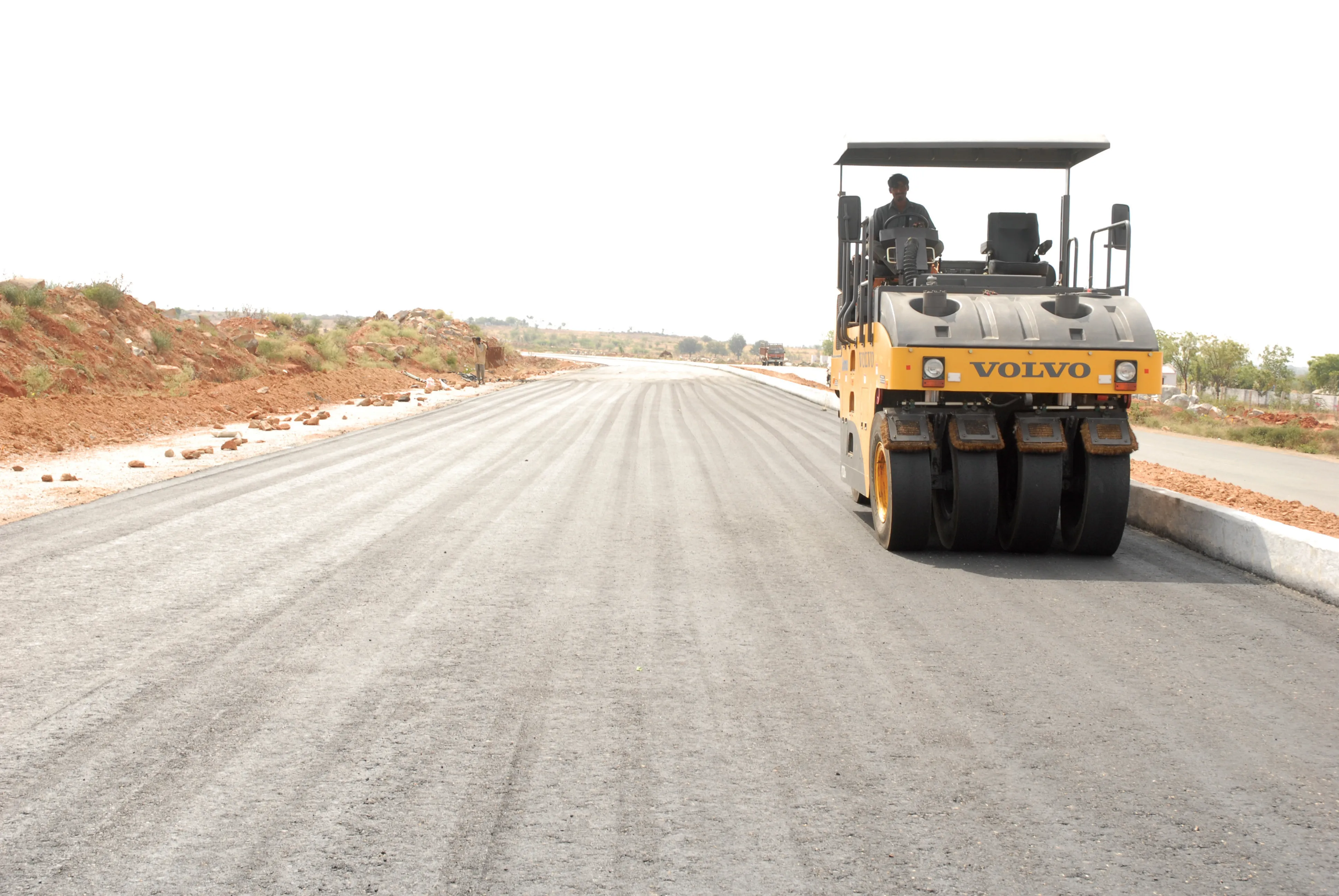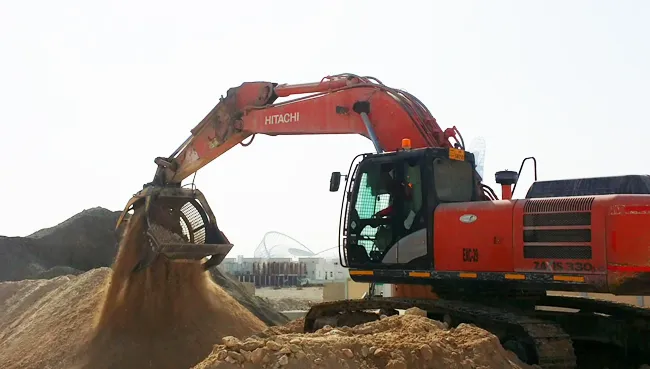Heavy investment in road infrastructure is planned for Brazil's northeast city of Natal. In all 16 separate road projects are planned to improve transport infrastructure in time for the 2014 World Cup.
February 8, 2012
Read time: 1 min
Heavy investment in road infrastructure is planned for Brazil's northeast city of Natal. In all 16 separate road projects are planned to improve transport infrastructure in time for the 2014 World Cup. Some US$215.5 million has been loaned by Brazil's Federal Government for the various projects. The improvements are part of the country's accelerated growth programme (PAC), Urban Mobility branch.







